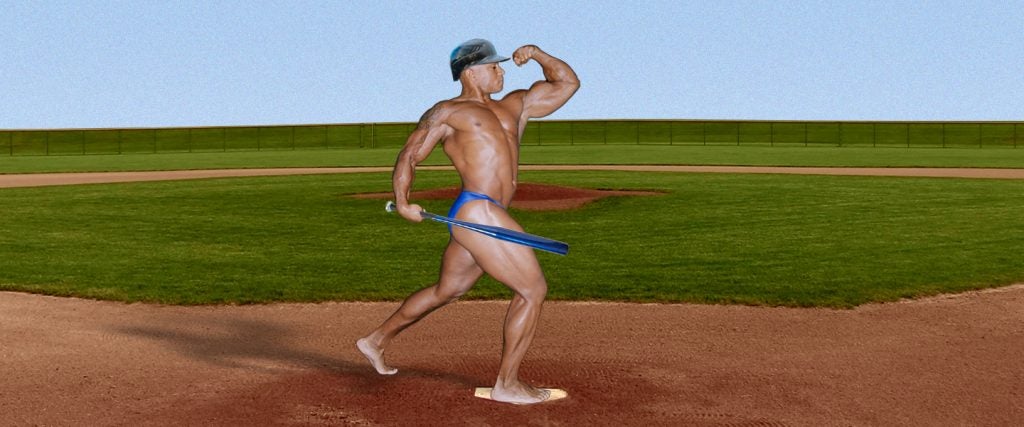I’ll never forget the day I hit my one true home run during a church-league softball game. All I knew is that I barely felt the bat smack the ball, and the ball rapidly disappeared from view. Since none of my hits had ever left the park before, I immediately darted off toward first base in a full sprint. It wasn’t until I’d nearly gotten there that I looked up and realized the ball had landed on the public road beyond the fence.
One of the first people who greeted me when I reached home plate was Noah, who I outweighed by at least 60 pounds. Yet, despite his lack of obvious size, Noah was able to slap the ball over the right-field fence with comparative ease, averaging about one home run per game and comfortably qualifying as our best power hitter. Clearly, when it came to hitting home runs, there was a whole lot more to it than mere muscle size and brute force.
How should I be training if I just want to hit home runs during softball games?
It’s probably best to start by identifying all of the forces at work in the swing of a softball bat, and where that power is being generated from.
An EMG study published in 1993 determined that the sequence of muscle activation during a batting swing began with the twist of the hips, continued through the pivot of the torso and concluded with the arms. Just as important, the same study identified that the scapulohumeral muscles — essentially the deltoids, the teres major and the rotator cuff muscles in the shoulder — make comparatively low contributions to the total power of a swing when compared with the legs, hips and core.
What does this mean for my softball swing?
Mainly that workouts that rely on hip rotation and upper body follow-through should be high on your priority list. For example, taking a medicine ball or a slam ball, loading up your body precisely the way you would to drive a softball deep and then launching that ball toward a wall as rapidly and as hard as you can will train you to apply force through the rotation and extension of the hips and core, as the arms help to carry that force forward.
It’s one of the most direct applications of the sort of ballistic training that enables you to explode completely through objects and propel them through the air — your precise objective with respect to launching a softball hundreds of feet with a single stroke of the bat.
Here’s something else worth considering, too: A separate EMG study found that skilled batters had lower peak muscle activity in their swings than unskilled batters, but they still generated higher levels of bat speed. One of the things this study suggests is that form is super important in the application of force to a softball, and overcompensating with higher levels of muscle activity should be secondary to perfecting it.
This isn’t to say that muscle is unimportant. It without a doubt helps. Again, it’s just that — to completely bastardize Benjamin Franklin’s old saying, “An ounce of preparation is worth a pound of cure” — when it comes to hitting softballs, an ounce of muscle isn’t worth much if it isn’t backed up by an hour of practice.

